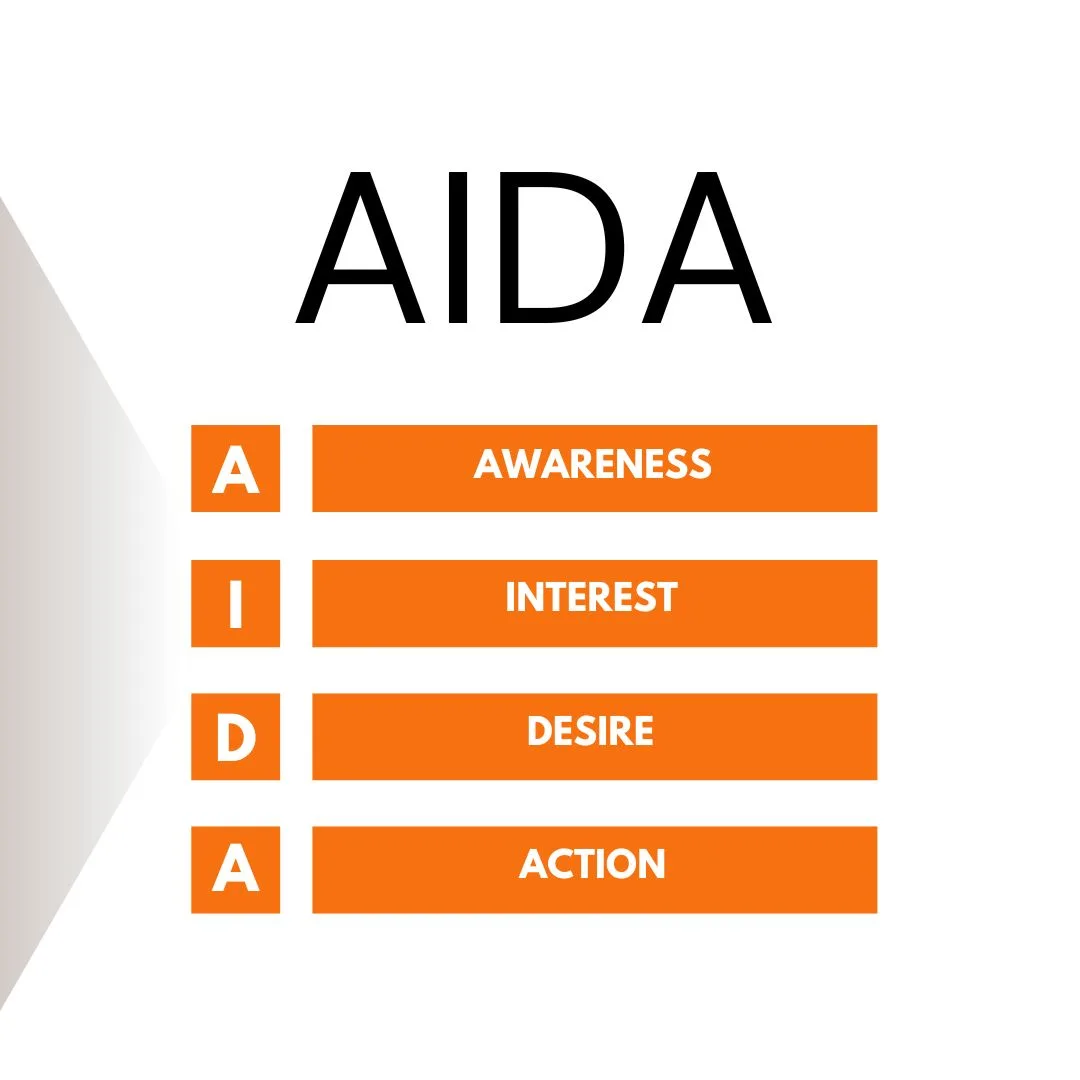If you want to drive consistent, scalable revenue, you need more than good ads and great content—you need a smart inbound marketing funnel. Funnels turn curiosity into clicks, clicks into conversations, and conversations into customers.
Whether you're a scrappy startup or a seasoned enterprise, this guide will help you master the art of inbound funnels that don't just attract leads—they convert them.
TL;DR
This guide walks you through building an effective inbound marketing funnel using the AIDA framework. You'll learn how to craft awareness campaigns, convert leads with valuable content, nurture prospects into buyers, and avoid the most common funnel mistakes. Plus, discover how automation tools can simplify follow-ups and scale results.
Reader Queries
- What is an inbound marketing funnel and why is it important?
- How does the AIDA model apply to inbound marketing?
- What strategies work best at each stage of the funnel?
- How do I create value-driven email nurture campaigns?
- What are common mistakes when building a funnel?
TABLE OF CONTENTS
- Introduction: Your Funnel = Your Sales Engine
- What Is an Inbound Funnel?
- The AIDA Framework for Funnel Design
- Tactics for Every Funnel Stage
- Building a Nurture Engine That Converts
- Common Mistakes to Avoid
- FAQs
- Final Thoughts
Introduction
Your Funnel = Your Sales Engine
You can generate traffic, run ads, and post on social media—but without a structured funnel, leads leak out. Inbound marketing funnels solve that by creating a clear path from stranger to customer, all while building trust and delivering value.
The secret? Build with intent. Every stage of your funnel should answer: "What does the lead need right now—and how can I deliver it?"
What Is an Inbound Funnel?
From Visitor to Customer—Step by Step
An inbound marketing funnel is a structured journey that guides prospects from initial awareness to final purchase using organic and value-led strategies.
It's not about pressure. It's about progression. Instead of hard selling, you're educating, building relationships, and helping buyers make informed decisions.
Inbound funnels work across industries and business sizes—and they're especially powerful when paired with automation and segmentation.
The AIDA Framework for Funnel Design

The Classic Funnel Still Works—Here's How
AIDA stands for:
- Awareness: Grab attention
- Interest: Spark curiosity
- Desire: Make them want it
- Action: Seal the deal
This classic framework is the blueprint behind every successful inbound funnel—and it's flexible enough to adapt to modern buyer journeys.
Tactics for Every Funnel Stage
🟢 Top of Funnel (Awareness)
Goal: Get noticed
- Cold email campaigns
- Organic SEO blogs
- YouTube explainer videos
- LinkedIn posts or Twitter threads
- Paid search and display ads
Don't sell here—educate and engage. Focus on visibility and reach. Your job is to say, "Hey, we exist—and we solve this problem."
🟡 Middle of Funnel (Interest + Desire)
Goal: Convert attention into consideration
- Lead magnets (guides, eBooks, templates)
- Webinars or workshops
- Landing pages personalized by traffic source
- Case studies or demo videos
This is where your content must earn an email address. Make your offer feel like a "no-brainer." Once they opt in, deliver even more value to build desire.
🔴 Bottom of Funnel (Action)
Goal: Convert leads into customers
- Personalized follow-up emails
- Discovery calls or demos
- Special limited-time offers
- Streamlined checkout experiences
At this point, your lead wants reassurance. They need to feel supported and confident in their decision. Don't just pitch—be present. Offer clarity, not pressure.
Building a Nurture Engine That Converts
Email Campaigns That Sell—Without the Hard Sell
Nurture campaigns are where the magic happens. You've earned the click—now build the connection.
Pro tips for great email nurture flows:
- Segment by lead type or interest
- Offer small wins (tools, tips, or insights)
- Use storytelling and social proof
- Keep the tone human—not robotic
- Automate, but personalize
Let your product sell itself by showing—not shouting—how it solves real problems. Think: value-first, sales-later.
Common Mistakes to Avoid
❌ All Top, No Bottom
Don't just generate traffic—guide it through the funnel.
❌ No Value at the Middle
If your lead magnet isn't irresistible, your funnel stops dead.
❌ Manual Follow-ups
Doing everything by hand? You're leaving conversions on the table. Automate where it counts.
❌ One-Size-Fits-All
Generic funnels don't perform. Customize for your segments.
❌ Skipping Objection Handling
Address fears before they're voiced. Include FAQs, risk-reversal tactics, and strong guarantees.
FAQs
Q: What's the goal of an inbound funnel? A: To guide a prospect from curiosity to conversion by delivering the right message at the right time.
Q: How long should a funnel be? A: It depends on your offer. Some leads need days, others weeks. Let your audience's behaviour guide your pace.
Q: What should I offer in the middle of the funnel? A: Lead magnets like templates, free tools, webinars, or educational content that solve a small but valuable problem.
Q: Can I use the same funnel for all my customers? A: You can start there—but segmentation will always outperform the one-size-fits-all approach.
Final Thoughts
Funnels Aren't Just Tactics—They're Strategy
Inbound marketing funnels are the spine of any serious growth strategy. When built right, they connect your marketing to your revenue with surgical precision.
Remember: You're not just guiding leads—you're building trust. Focus on value, automate smartly, and always test what works best for your audience.
Build the right funnel, and leads won't just come in. They'll convert.

